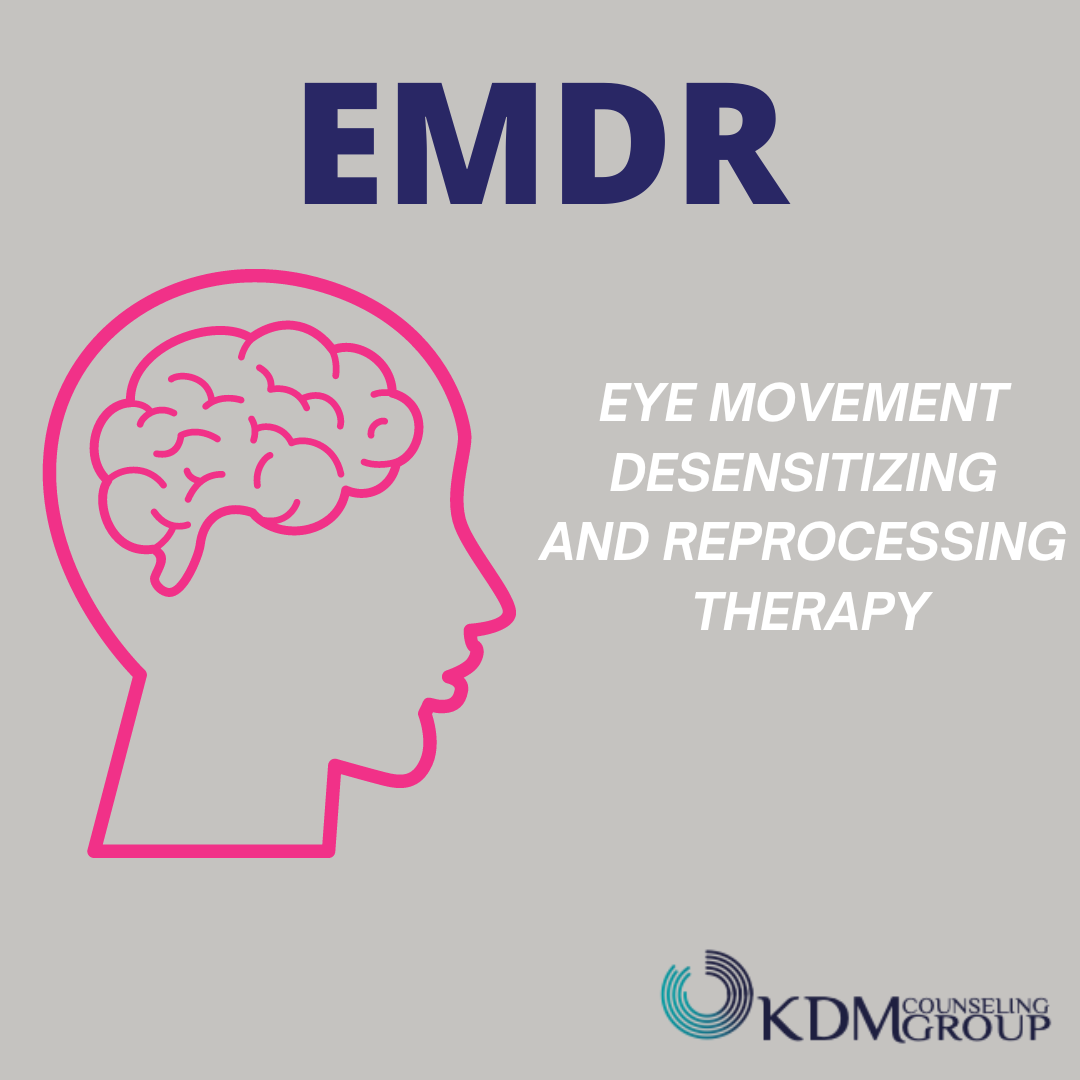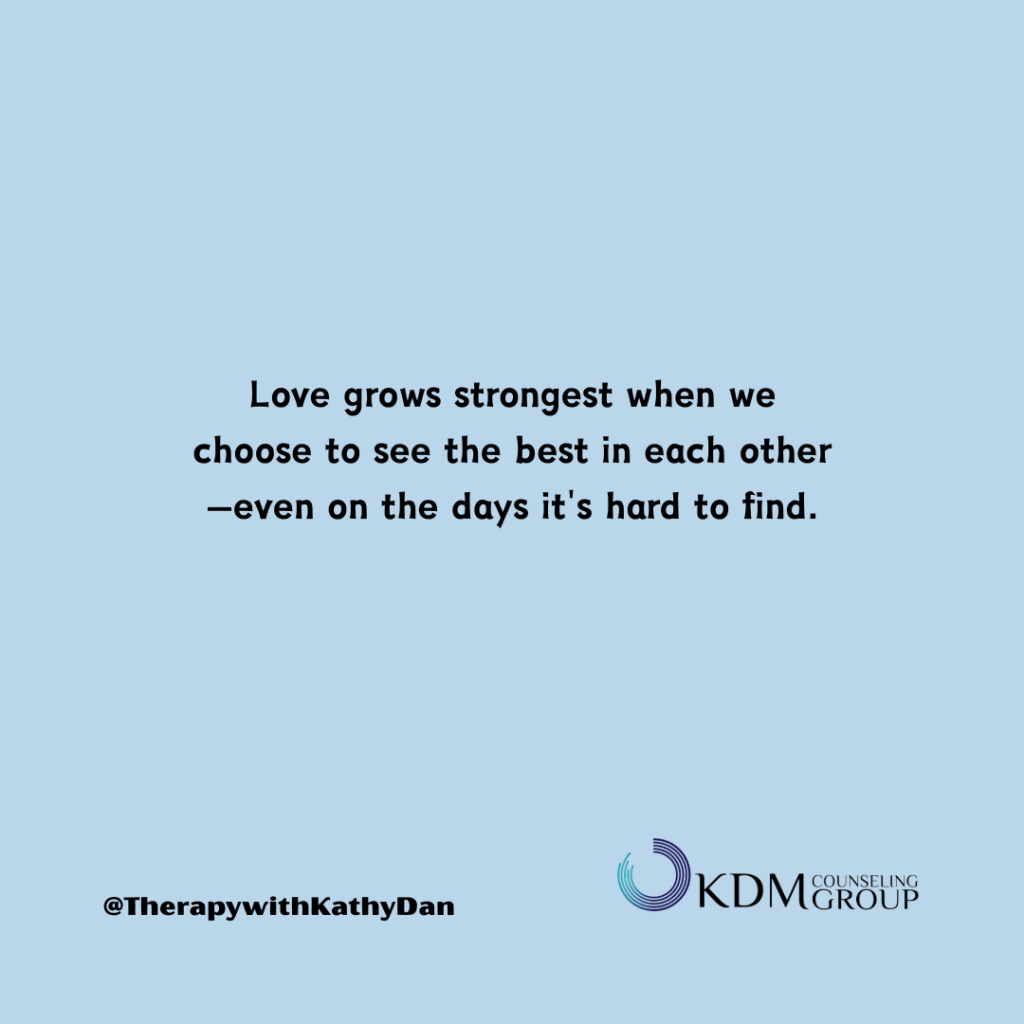You can’t think or talk your way out of trauma. Trauma is not cognitive. The mind and body are connected, and you need both to heal. The nervous system is affected by your experiences, so you need to include your nervous system in the healing process experience. EMDR therapy is designed to incorporate the mind and the body into the process without having to talk about it.
What is EMDR? (Eye Movement Desensitization & Reprocessing)
EMDR (Eye Movement Desensitization and Reprocessing), as with most therapy approaches, focuses on the individual’s present concerns. The EMDR approach believes past emotionally charged experiences are overly influencing your present emotions, sensations, and thoughts about yourself.
As an example: “Do you ever feel worthless although you know you are a worthwhile person?” EMDR processing helps you break through the emotional blocks that are keeping you from living an adaptive, emotionally healthy life. EMDR uses rapid sets of eye movements, tactile tapping and/or auditory stimulations (Bilateral Stimulation) to help you update disturbing experiences, much like what occurs when we sleep. During sleep, we alternate between regular sleep and REM (rapid eye movement). This sleep pattern helps you process things that are troubling you. EMDR replicates this sleep pattern by alternating between sets of bilateral stimulations and brief reports about what you are noticing. This alternating process helps you update your memories to a healthier present perspective.
What is different about EMDR?
- EMDR focuses on the brain’s ability to constantly learn, taking past experiences, and updating them with present information.
- Adaptive learning is constantly updating memory network systems.
- Past emotionally charged experiences often interfere with your updating process.
- EMDR breaks through that interference and helps let go of the past and update your experiences to a healthier present perspective.
- EMDR uses a set of procedures to organize your negative and positive feelings, emotions, and thoughts, and then uses bilateral stimulation, such as eye movements or alternating tapping, as the way to help you effectively work through those disturbing memories.
What does an EMDR session look like?
Overall Treatment Planning:
- You have come to treatment expressing concerns.
- Your therapist will help you understand the dynamics of the presenting concerns and how to adaptively manage them.
- An overall treatment plan will be developed that will accomplish your goals.
- Within that treatment plan, EMDR, along with other therapy approaches, will be used to accomplish your treatment goals.
The EMDR session:
- You will be asked a set of questions to access and activate the negative experience and the desired adaptive resolution.
- Sets of rapid eye movement (or other forms of bilateral stimulation) will be applied.
- You will be encouraged to just “free associate” and allow the brain to work through the experience.
- Sets of eye movements will be alternated with brief reports about what you are experiencing.
- EMDR processing will continue until the past experience has been updated to an adaptive present perspective.
- With long standing issues, this process may take multiple sessions. Using what you’ve learned
- Once the disturbing experiences have been updated, you and your therapist will work together to integrate these new insights and perspectives into your daily life.
Common questions about EMDR:
- Is it necessary to tell my therapist all the details about my problems in order for them to be processed?
- No, it is not necessary to talk about all the details of your experiences for them to be processed.
- Will I get emotional?
- Yes, you may. Emotions and sensations may come up during processing; although, you will be prepared and your therapist will help you safely manage them. Once they are processed, they rarely come back!
- Is EMDR like hypnosis?
- No. During EMDR processing, you are present and fully in control.
- Is EMDR a brief treatment?
- EMDR, as with all treatment approaches, will help you accomplish your treatment goals.
- The length of time that it takes is dependent upon the complexity of your problems.
- Frequently, EMDR is only one of several treatment approaches that will be used to help you reach your treatment goals.








